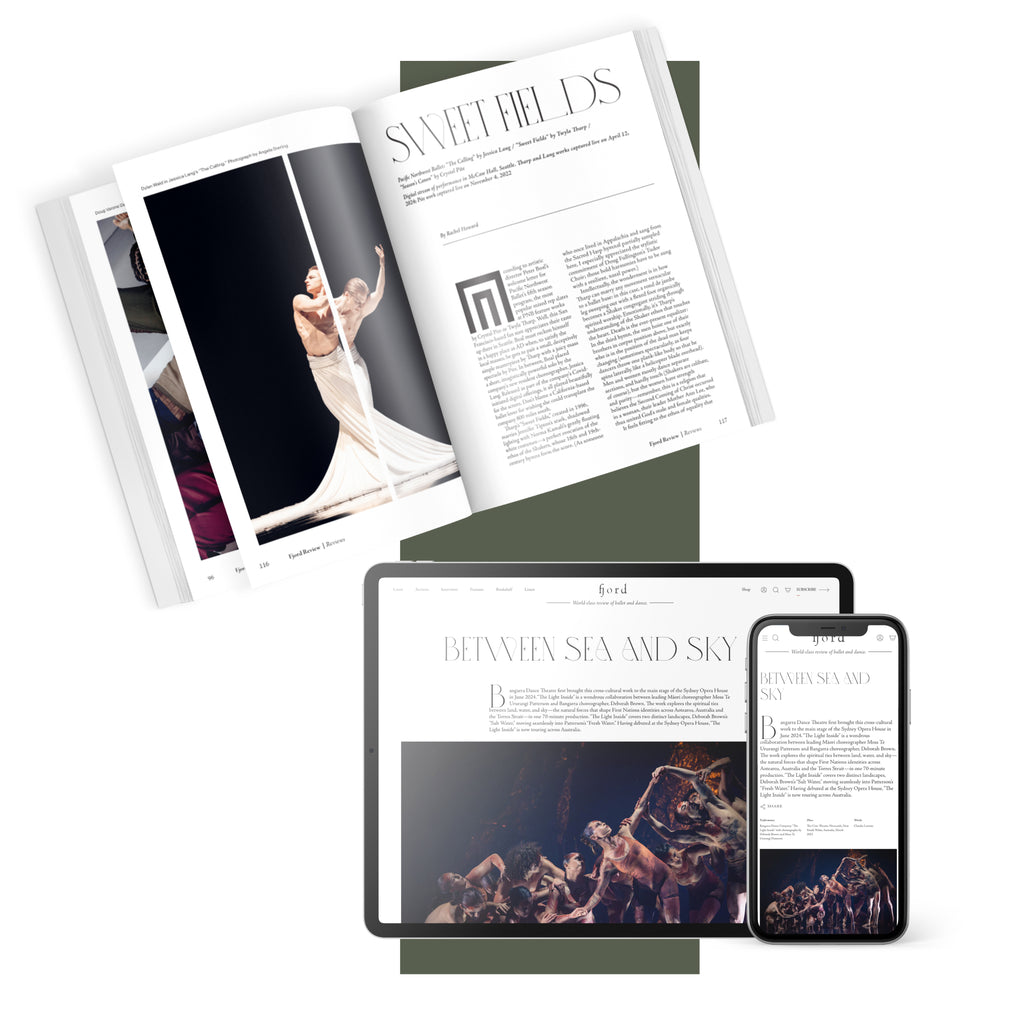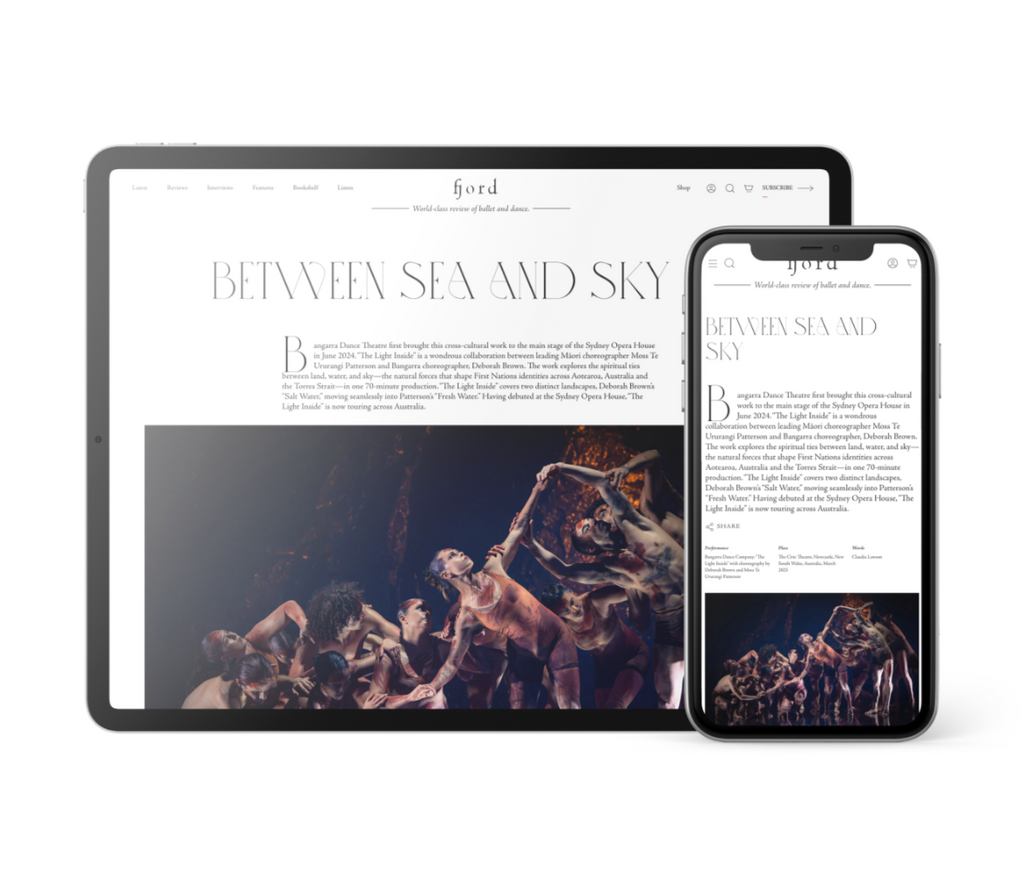The first work on the program, Kylián’s “Symphony of Psalms,” felt the most current of the three. The piece’s sexual undertones felt provocative when programmed for Utah’s conservative majority, and moments that switched up traditional gender roles—male dancers laying gently atop their female partners, women positioned behind the men, in deep, enveloping, grand pliés—created interest that was beyond visual.
The dancers’ interpretations, primarily, brought this work into the present. Corps artist Loren Walton stood out, emerging with a movement quality that was powerful, daring, and soft, defying traditional male bravura in a way that felt distinctly ‘now.’ Principals Katlyn Addison and Hadriel Diniz were also notable due to their expert artistry. In their capable hands, Kylián’s choreography was revealed to have even deeper depths.











comments